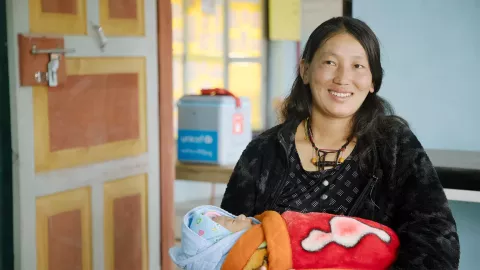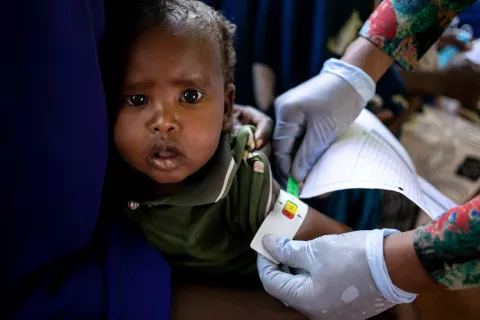In Rwanda, beating cervical cancer starts with adolescent girls
How the country is on track to vaccinate a generation of girls against HPV.

BUTARO, Rwanda – More than four months ago, a heavy weight settled in 65-year-old Pascasie Nyirahirwa’s lower abdomen, and she couldn’t move freely without feeling pain. She remembered feeling afraid and confused, and described the bleeding that came shortly after.
“I bled and bled again, until I felt there was no more blood in my body,” she said. She was taken to the hospital in a coma and given three blood transfusions. She was diagnosed with cervical cancer.
Shortly after, neighbours helped cover the cost of hundreds of kilometres of travel from her home in Cyangugu, southwestern Rwanda, to seek medical help across the country at Butaro hospital.
Travelling with her was Josiane, her 17-year-old granddaughter. Josiane reflected that her grandmother would have been protected from this disease had she had the HPV vaccine that she herself received at school a few years ago.
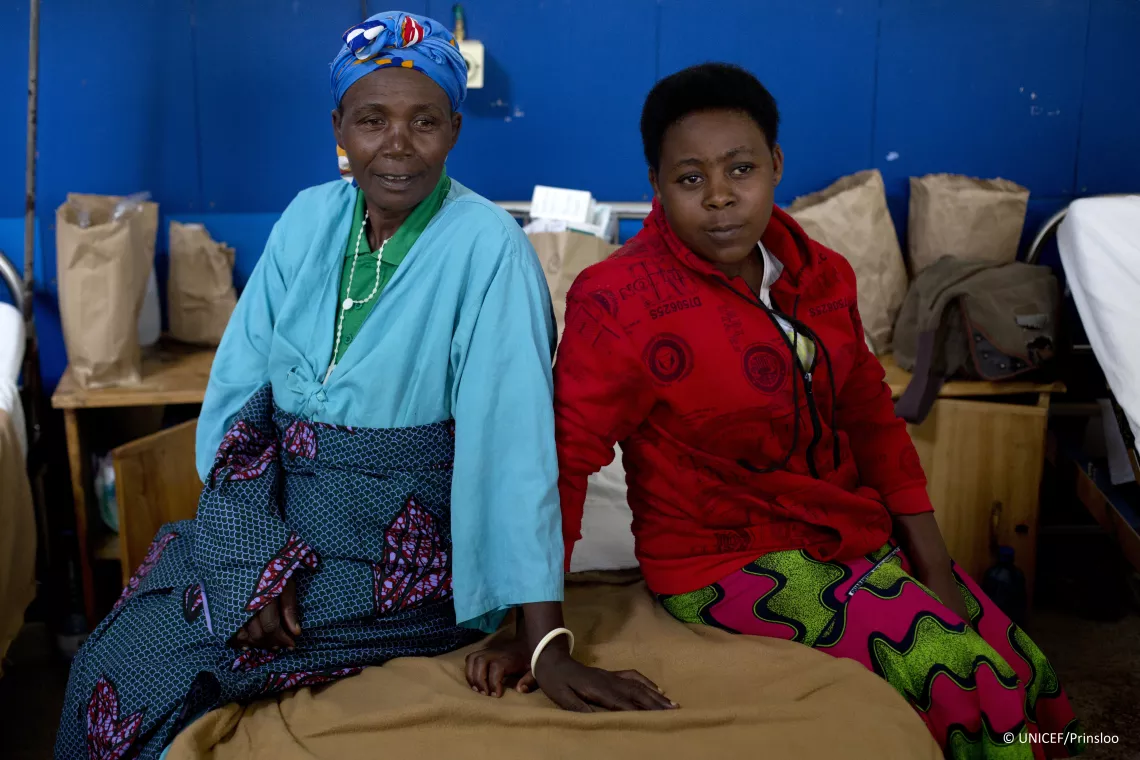
Josiane’s generation is the first in the country to access the vaccine that protects against human papillomavirus (HPV). This common sexually transmitted virus is linked to nearly all cases of cervical cancer – one of the most common cancers affecting women globally. When Rwanda became the first low-income country to provide the HPV vaccine nationally to girls in 2011, Josiane joined a growing population of young people around the world who can hope for a future free of cervical cancer.
Why get vaccinated against HPV?
Cervical cancer affects more than half a million women every year and kills a quarter of a million women. It is one of the most common cancers today, but it is also one of the most preventable. The HPV vaccine safely protects against the strains closely linked to the cancer, and timely screenings detect pre-cancerous cells.
When the HPV vaccine was introduced to school-age girls in Gakenke, in the Northern Province of Rwanda, community leaders spoke to parents in town halls and church gatherings. Students learned about it at school.
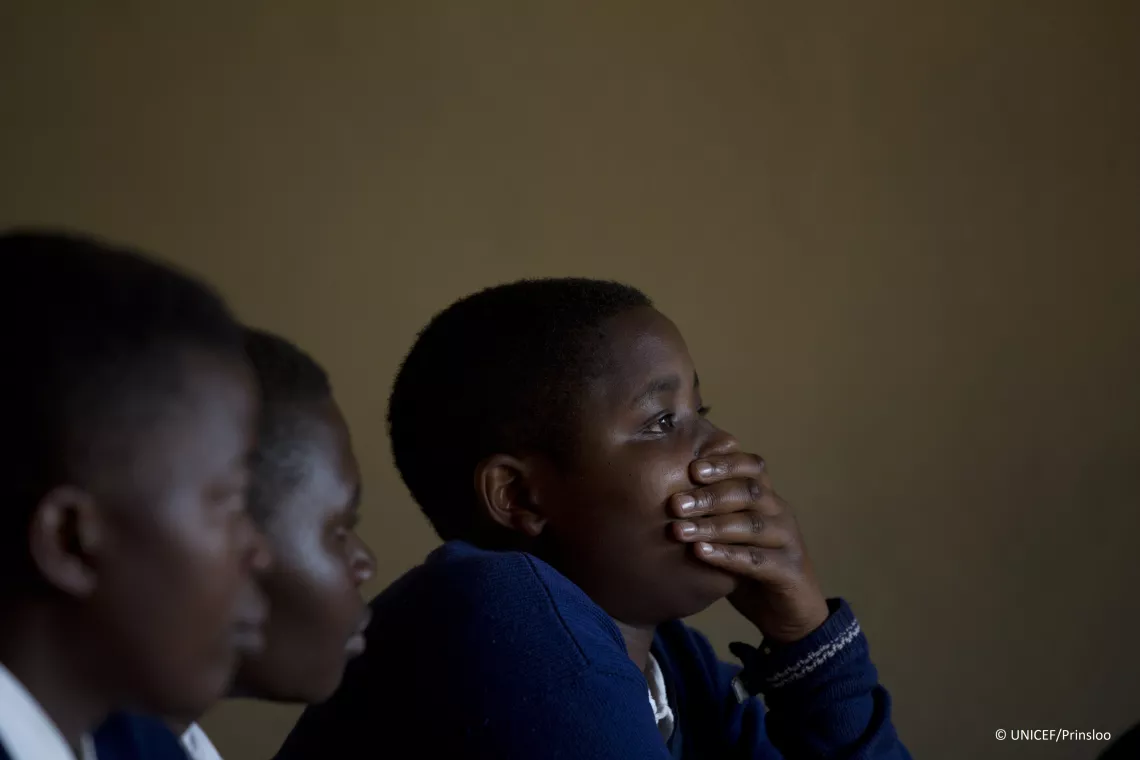
Ingabire Maombe Leontinne, 18, who was vaccinated at school in 2012, had been nervous about getting the injection. But she thought about the importance of preventing cancer. “I couldn’t refuse [the vaccine], because I saw my grandmother die of breast cancer,” she said. It was a vaccine that gave her “hope for tomorrow.”
She and her classmates, some of whom had family friends or neighbours with cervical cancer, can look forward to a future in which they can fully participate in family life, education and employment opportunities without interruption from this disease.
Through school-based HPV immunization, Rwanda is currently reaching more than 93 per cent of girls in primary grade six. This achievement is largely due to high-level government commitment and long-term planning to support young girls’ health and education, and a strategic move to reach them by linking school enrolment with access to health.
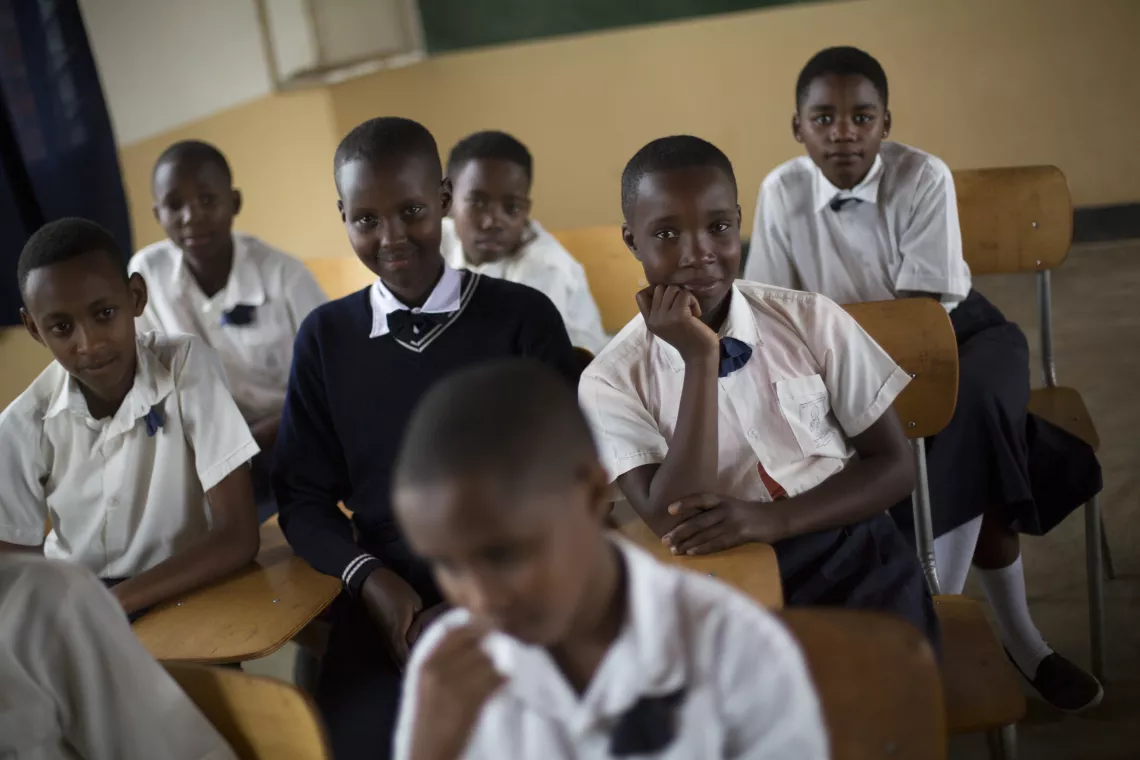
Equipping youth for a healthy future
Today, 84 per cent of cervical cancer cases occur in developing countries. Yet, many low- and lower-middle-income countries have not introduced the HPV vaccine into their national immunization schedule. As a result, 76 per cent of girls aged 9 to 14 around the world, WHO’s target age group for HPV vaccination, are exposed to potential infection and may risk facing cervical cancer at some point in their lives. Exposure to HPV in adolescent girls also increases the risk of sexual transmission and infection for adolescent boys.
As part of its work to deliver access to health for every child, UNICEF supplies quality-assured, affordable vaccines in support of national immunization programmes in countries, in collaboration with Gavi, the Vaccine Alliance, which includes the World Health Organisation and the Bill & Melinda Gates Foundation. Demand from countries, such as Rwanda, that have committed to including HPV in their national immunization programme – through funding support from Gavi or with their own funds – allow UNICEF to consolidate vaccine demand and provide visibility to manufacturers to plan production. This is important because vaccine production is costly and time-consuming.
Advance planning also allows UNICEF to get sustainable vaccine prices from manufacturers, which is crucial to ensuring access for all. This means estimating target populations, the quantity of vaccines and devices needed, as well as arrangements to deliver the vaccines nationally.
To beat cervical cancer, girls need access to health services from an early age, and this can start with gaps in HPV vaccination where the disease remains a threat to women’s lives. Checking in for treatment at Butaro Hospital, Pascasie told UNICEF, “I would advise my grandchildren to be vaccinated,” adding, “and other girls too, even if they are not in my family.”
Madina Mujawimana contributed to this story.
Follow @unicefsupply for the next story on sustainable access to HPV vaccines for middle-income countries.

